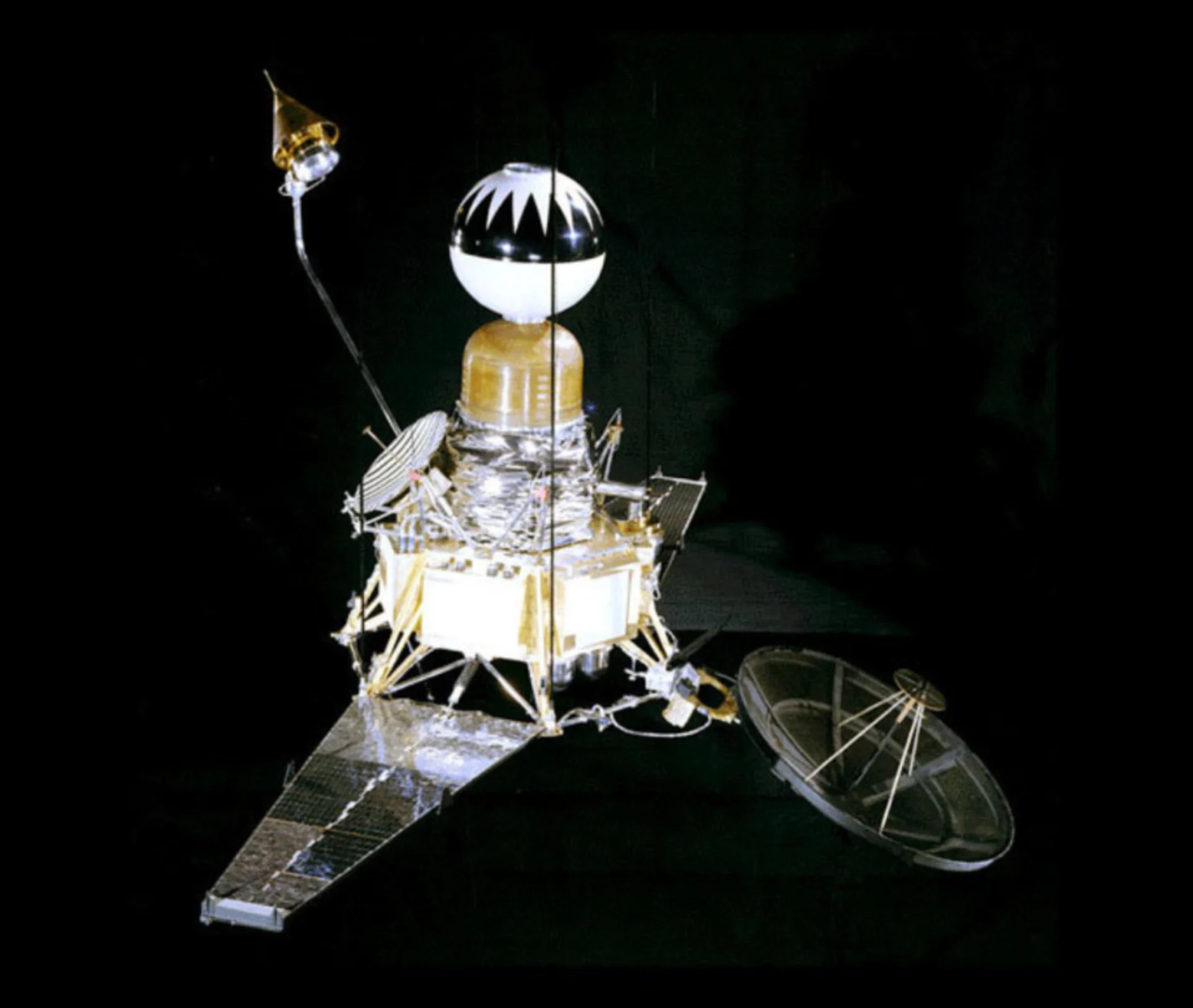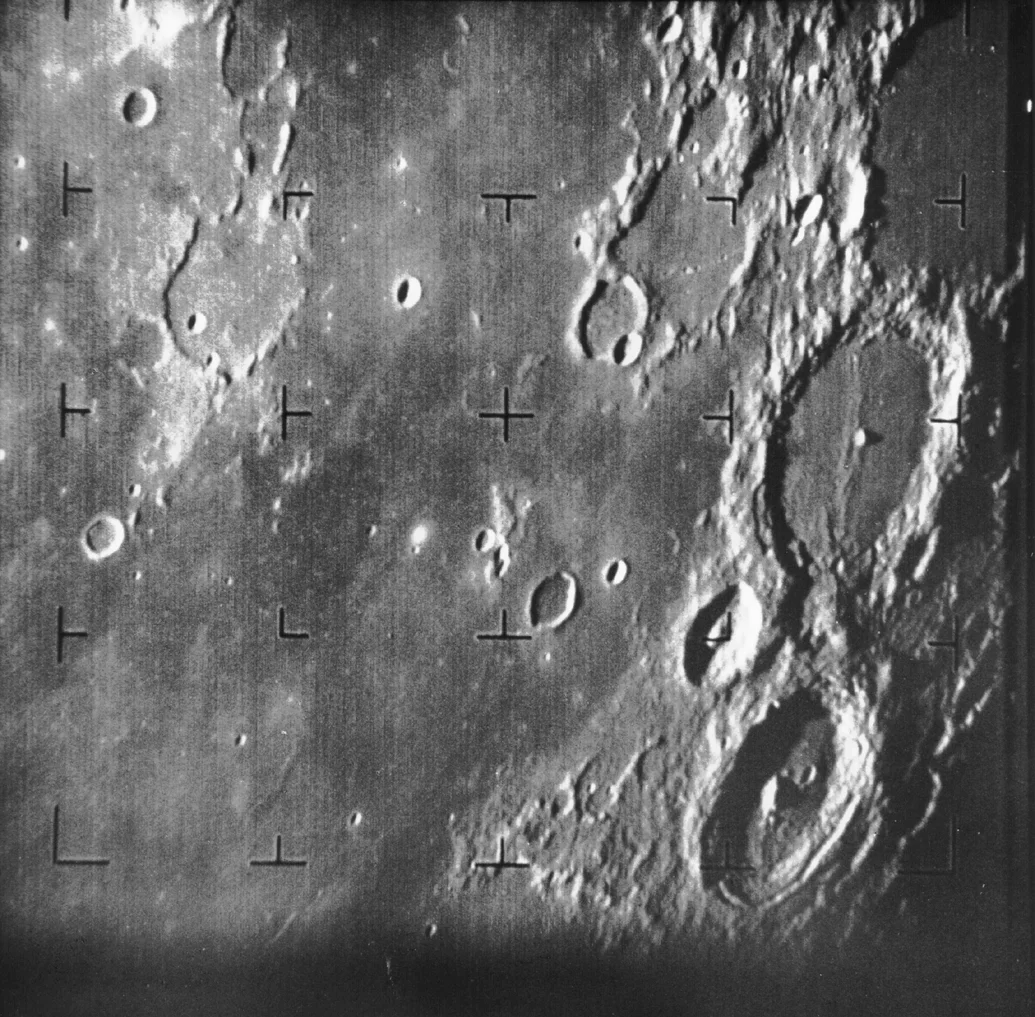
Recalling Ranger 4, first U.S. spacecraft to land on another celestial body
On the day in weather history, the Ranger 4 launched.
This Day In Weather History is a daily podcast by Chris Mei from The Weather Network, featuring stories about people, communities and events and how weather impacted them.
--
On Monday, April 23, 1962, the Ranger 4 launched into space. Its mission was a part of NASA's unmanned Ranger program, which was created to get the first closeup images of the moon's surface.
The Ranger spacecraft was developed to capture images of the moon's surface and transmit them to Earth and then explode upon lunar impact.

"Ranger IV satellite for use at the parade of progress show at the Public Hall Cleveland Ohio." Courtesy of NASA/Wikipedia
Ranger 1 launched in August 1961 and Ranger 2 launched in November of the same year. They both failed during the launch. Ranger 3 launched on Jan. 26, 1962, and missed the moon.
Ranger 4's mission is not considered "successful," but it did capture some footage of the moon's surface, and it was the United States' first spacecraft to reach another celestial body.
Click here to subscribe to This Day in Weather History
The mission failed because a computer onboard malfunctioned and didn't deploy the solar panels and navigation systems. The spacecraft ended up crashing on the far side of the moon and did not return any scientific data to Earth.
Ranger 7 was the first successful mission, launching on July 28, 1964. It transmitted images of the moon's surface to Earth.

First image of the moon returned by a Ranger mission. Courtesy of NASA/Wikipedia
There were two more Ranger missions after the 7, and they were both successful. Ranger 9 was the program's final mission which launched in March 1965.
To learn about Ranger 4, listen to today's episode of "This Day In Weather History."
Subscribe to 'This Day in Weather History': Apple Podcasts | Amazon Alexa | Google Assistant | Spotify | Google Podcasts | iHeartRadio | Overcast'
Thumbnail: Courtesy of NASA









